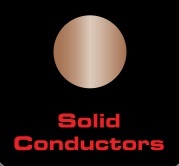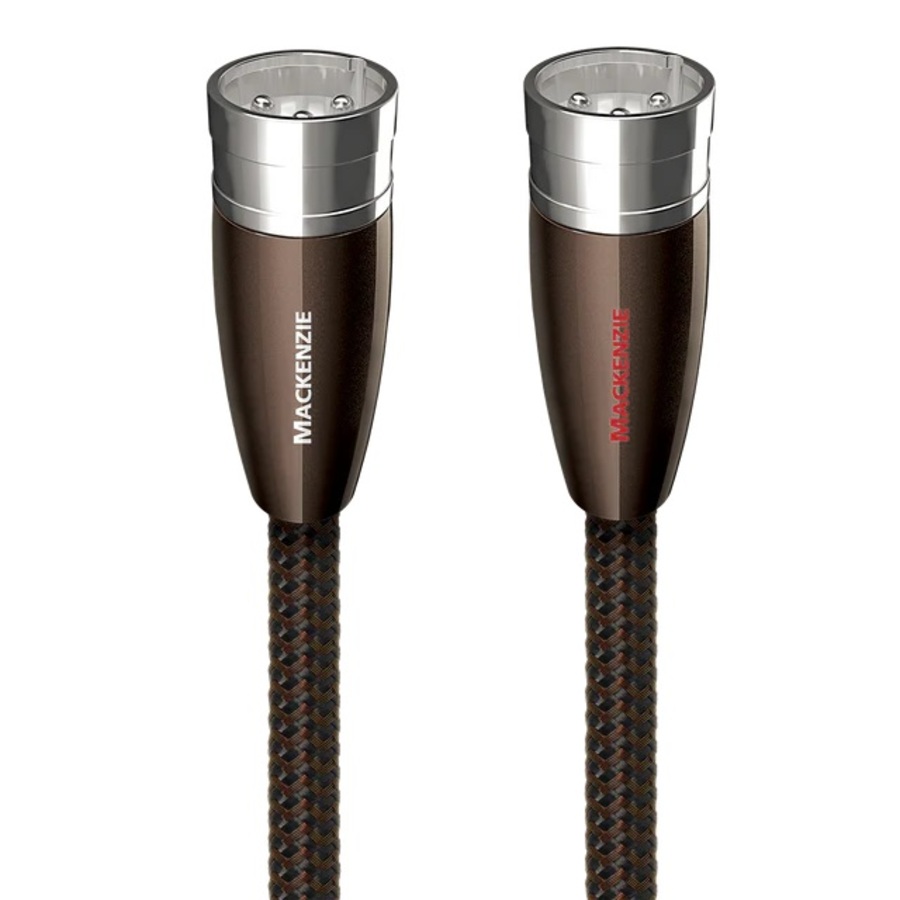AUDIOQUEST Mackenzie 3M XLR to XLR Pair. Solid per - XLR to XLR
|
|
or four payments of $249.75
with ![]() Learn More
Learn More
Information
Mackenzie XLR > XLR
Analog Audio Interconnect Cable
Connect audio source components to amplifiers and receivers with this AudioQuest Mackenzie XLR analog-audio cable, meticulously designed for exceptional performance and outstanding value. Solid Perfect-Surface Copper+ (PSC+) conductors minimize distortion, Foamed-Polyethylene insulation preserves dynamic contrasts, and a Carbon Mesh-Network Noise-Dissipation efficiently dissipates high-frequency noise. The result is cleaner, clearer, more naturally beautiful music.
Solid Perfect-Surface Copper+ (PSC+) Conductors
Solid conductors prevent electrical and magnetic strand-interaction. PSC+ Solid-Copper minimizes distortion caused by grain boundaries and maximizes linear RF Noise-Dissipation.
Carbon-Based 3-Layer Noise-Dissipation
It's easy to accomplish 100% shield coverage. Preventing captured Radio Frequency Interference (RFI) from modulating the equipment's ground reference requires AQ's Noise-Dissipation System (NDS). Traditional shield systems typically absorb and then drain noise/RF energy to component ground, modulating and distorting the critical "reference" ground plane, which in turn causes a distortion of the signal. NDS's alternating layers of metal and carbon-loaded synthetics "shield the shield," absorbing and reflecting most of this noise/RF energy before it reaches the layer attached to ground.
Direction-Controlled Conductors
All drawn metal strands or conductors have a non-symmetrical, and therefore directional, grain structure. AudioQuest controls the resulting RF impedance variation so that noise is drained away from where it will cause distortion. The correct direction is determined by listening to every batch of metal conductors used in every AudioQuest audio cable. When applicable, arrows are clearly marked on the connectors to ensure superior sound quality. For most models of AQ cable, the arrows not only indicate the direction that optimizes metal-directionality as part of Noise-Dissipation, but also indicates non-symmetrical attachment of shield and GND in order to optimize full-system performance. A fundamental aspect of AudioQuest's multifaceted Noise-Dissipation technology, Direction-Controlled Conductors ensure induced noise is dissipated and drained properly.
Triple-Balanced Geometry
Our Triple-Balanced Geometry uses a separate ground-reference conductor, so the cable's shield is never used as an inferior conductor. Whether prepared with RCA or XLR plugs, the cable's three conductors ensure that the positive and negative signals have equally superior, low-distortion conducting paths.
Hard-Cell Foam Insulation
Hard-Cell Foam (HCF) Insulation ensures critical signal-pair geometry. Any solid material adjacent to a conductor is actually part of an imperfect circuit. Wire insulation and circuit board materials all absorb energy. Some of this energy is stored and then released as distortion. Hard-Cell Foam Insulation is similar to the Foamed-PE used in our more affordable Bridges & Falls cables, and is nitrogen-injected to create air pockets. Because nitrogen (like air) does not absorb energy and therefore does not release any energy from or into the conductor, distortion is reduced. In addition, the stiffness of the material allows the cable's conductors to maintain a stable relationship along the cable's full length, producing a stable impedance character and further minimizing distortion.
Cold-Welded, Hanging-Silver Directly Over Pure Purple Copper Terminations
Features
Key Features & Technology Explained
 |
 |
 |
 |
 |
|
Solid conductors prevent strand-interaction, a major source of dynamic distortion in cables. |
To an even greater extent than LGC, higher-purity Perfect-Surface Copper (PSC) conductors minimize distortion caused by grain boundaries. |
Alternating layers of metal and carbon-loaded synthetics "shield the shield," absorbing and reflecting most RF energy before it reaches the layer attached to ground. |
Hard-Cell Foamed-Polyethylene's high air content minimizes energy absorption for clearer sound. |
All conductors controlled for RF-noise directionality. |
Specifications
Specifications
|
Specifications for product Mackenzie XLR > XLR |
|
|
Technical Specifications |
|
|
Cable Configuration |
2 Single Cables - 1 x Female XLR > 1 x Male XLR |
|
Metal |
ZERO: Solid Perfect-Surface Copper+ (PSC+) / BASS: Solid Perfect-Surface Copper+ (PSC+) |
|
Noise Dissipation |
Carbon Mesh-Network |
|
Geometry |
Triple-Balanced |
|
Insulation |
Foamed-Polyethylene |
|
Terminations |
Hanging-Silver over Purple Copper |
|
Signal Type |
Analog |
|
Cable Length |
3 m = 9 ft 10 in |
|
Jacket |
Brown on Black Braid |
|
Sold As |
Pair - 2 Individual Cables |
Associated Items
View your shopping basket or Browse other items in XLR to XLR.




